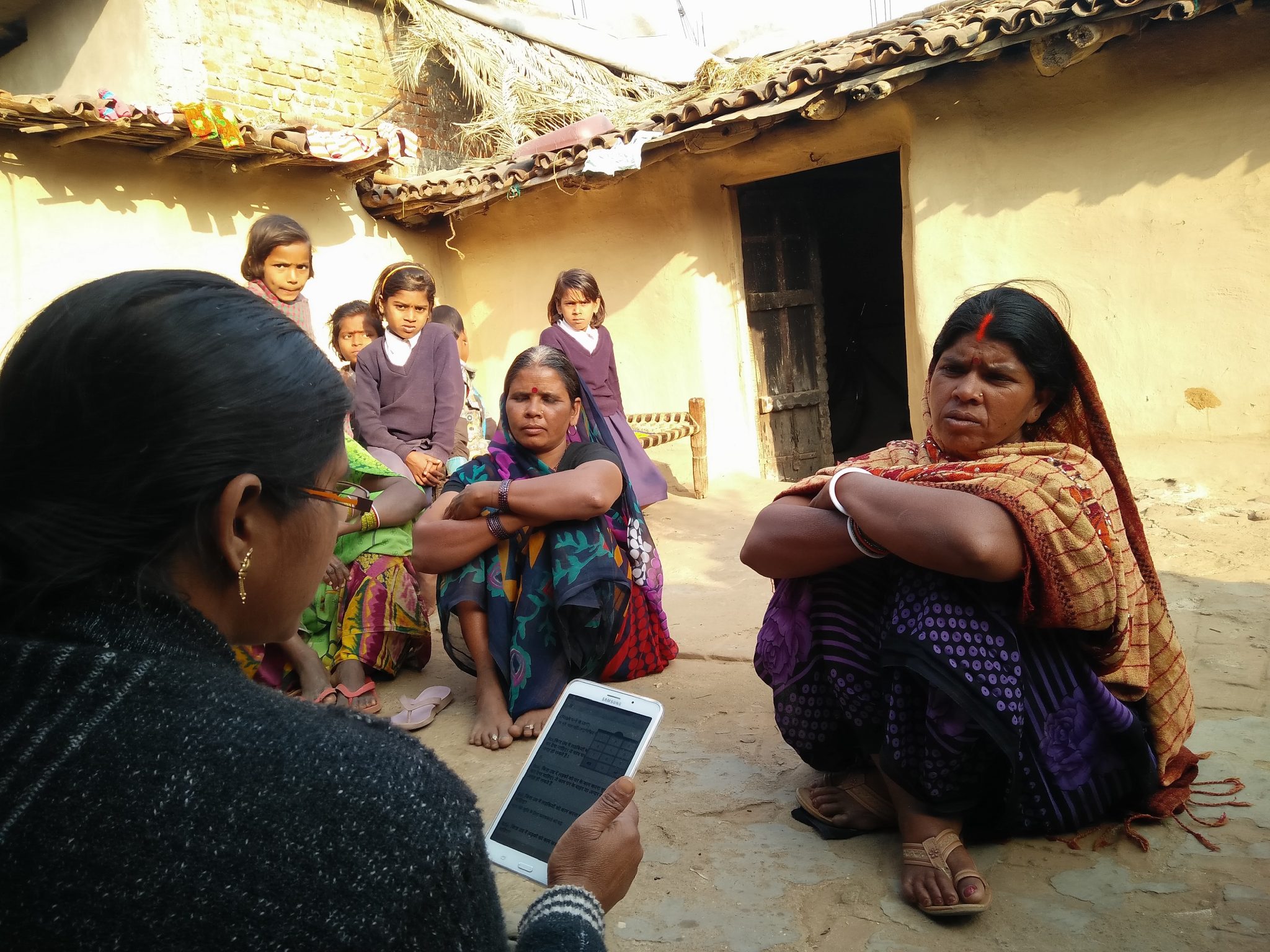Blog Details
The covid-19 pandemic over the last year and a half has cast a looming shadow on the lives of the marginalized communities. Sex Workers, one such community, already face widespread taboo and stigma in Indian society. They are looked down upon for their livelihood choices and are often cornered even amongst the informal workers. The pandemic has pushed them into further poverty and marginalization, increasing their hardships by many folds.
Sex work, in India, falls under an ambiguous area. With no specific law addressing it in place, it finds a mention under the Immoral Trafficking (Prevention) Act, 1956 wherein sex work in private is not illegal, however allied activities like soliciting, organised prostitution, pimping, etc are penalized. This leaves a grey area in between which more often than not works against the sex workers. The Epidemic Diseases Act, 1897, and the Disaster Management Act, 2005 put into effect in view of the pandemic also do not mention anything regarding the protection and rehabilitation of the marginalized including sex workers during a health disaster. This has left the sex workers workless, homeless, and helpless with no legal protection during this time of distress.
According to the 2016 UNAIDS estimates, 6,57,800 sex workers are found in India. However, true estimates may stand higher. The major red-light areas are found in metro cities like Sonagachi in Kolkata, GB Road in Delhi, and Kamathipura in Mumbai. The houses in these areas are small, congested, and densely populated with little amenities available for proper hygiene and sanitation. At GB Road alone, more than 3000 sex workers are housed in 80 brothel houses. These conditions not only made social distancing extremely difficult to practice but also made the sex workers susceptible to contract the virus and further spread it. Most sex workers having no family to fall back on also found themselves stuck in these brothel houses. Thus, with no work and hence no money in hand, their rental and livelihood challenges increased leading to as high as 89% of sex workers in Sonagachi stuck in a debt trap for taking loans from informal channels to meet their daily needs as revealed by a survey report by NGO-Anti Human Trafficking Organisation (AHTO).
The occupation of a sex worker majorly depends on physical contact. With norms of physical distancing and masking in place to prevent infection, sex workers found themselves at a losing end both during and after the lockdown. Their major clientele includes migrant and informal workers, a majority of whom migrated back to their villages during the lockdown with only a fraction returning back. From those who returned, some either did not want to follow the guidelines or were scared of contracting the virus from them. Moreover, a 17% reduction in income as compared to pre-pandemic levels, as stated by the State of Working India Report 2021 had a greater impact on the informal workers leading them to let go of non-essentials including services of sex workers. The second wave and its relatively loose restrictions also haven’t come easy on the sex workers. The night and weekend curfews during their work hours have pushed back any monetary recovery previously made. While there was a dip in clients for most, some of the sex workers who were technically savvy shifted to online modes. However, this shift came with its own privacy concerns. It not only made them susceptible to pornography but also frauds, non-payments, and blackmailing.
The AHTO survey states that 73% of sex workers want to move out of the flesh trade post-pandemic but their debts prevent them from doing so. They also find it difficult to look for alternate opportunities and upskill themselves. Their association with sex work and their residential address of a red-light area serves as a deal-breaker for employers. The social protection schemes in place further require them to quit sex work, however, provide no alternate avenues or skilling opportunities. The measure taken by the government to address the poor during the pandemic including the $22.5Bn COVID 19-relief package and the recent extension of the PM Gareeb Kalyan Anna Yojana does not address the above concerns. Moreover, it excludes sex workers for want of government documents that are required to avail any benefits. This has left sex workers at the mercy of good Samaritans, NGOs, and in rare cases state governments. However, their capacity is also limited.
Sex Workers also found themselves in a precarious situation to address their health concerns. With hospitals and medical professionals focussing on covid-19 cases, the healthcare facilities related to HIV/ AIDS reduced. The NGOs trying to help sex workers with the ART medications also were unable to procure an e-pass during the first lockdown and hence supply the medication. Thus, putting as many as 1.6% of sex workers (UNAIDS 2017) under the double burden of Covid and HIV/AIDS. The vaccination policy’s focus on documentation again excludes sex workers who may not have the requisites.
The plight of this marginalized community has gone unheard which is evident from the fact that little research is done to understand their needs and address them during the pandemic. With Civil Society Organisations doing their bit, the government needs to step up to cater to them during these trying times with medication facilities, priority vaccination drives, and livelihood options and otherwise to ensure their social inclusion. Maharashtra Government’s recognition of sex work and West Bengal’s welfare initiatives are welcome steps in this direction. However, regular relief support, health, and medication accessibility & availability, help centers are required for sex workers rehabilitation during the current times.








David Angel Makel
IT ConsultantIt is a long established fact that a reader will be distracted by the readable content page looking at its layout point of using normal